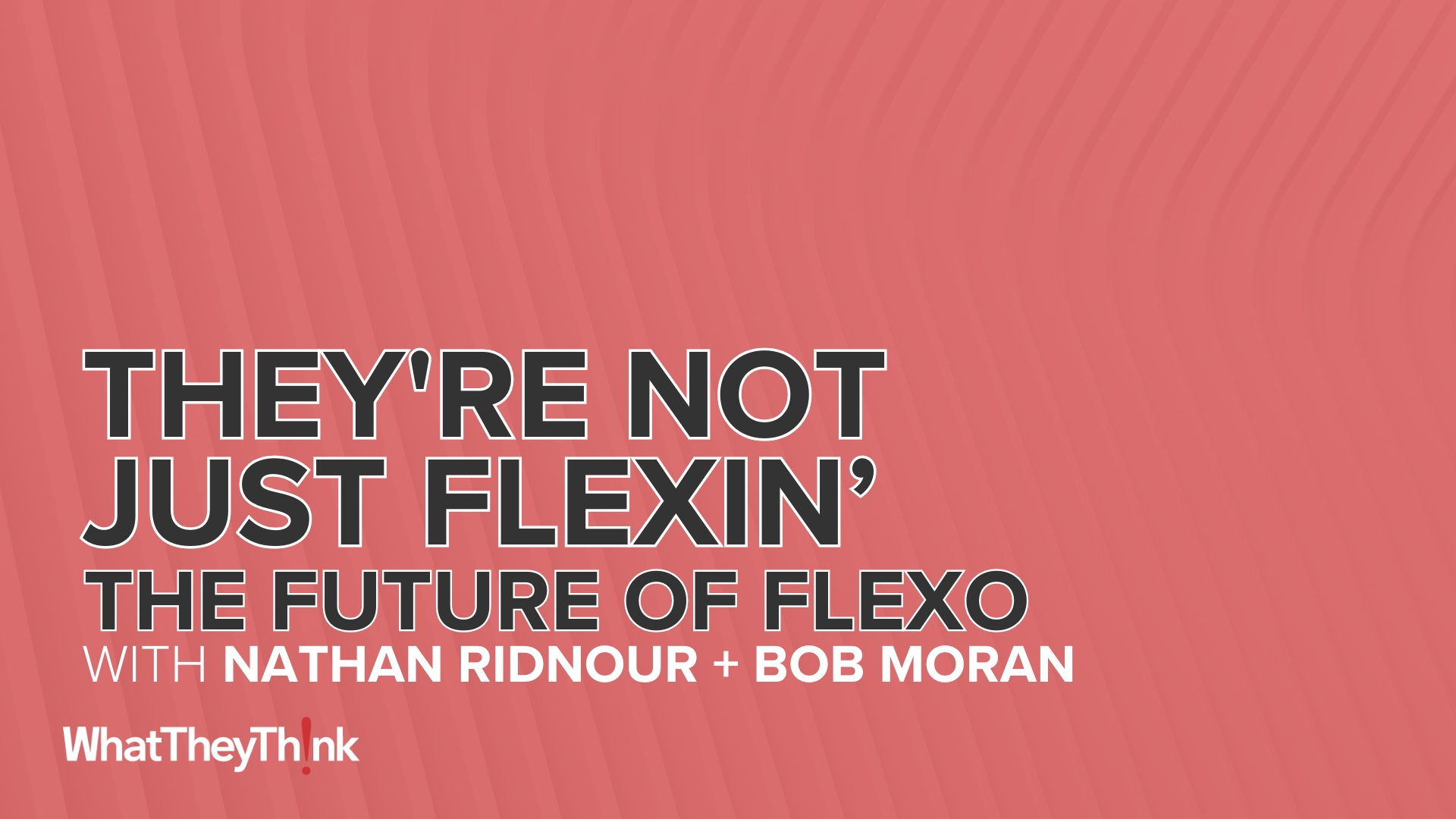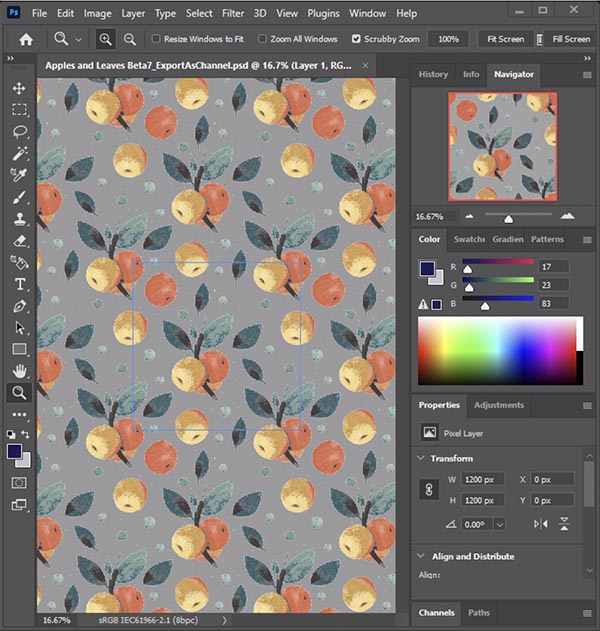
(This article ran in the May 31 edition of the drupa daily.)
Textile printing has been an analog process dating back to the late 18th century. However, like many other industries, the process has evolved. Today, with the availability of digital design and production technologies and techniques it is rapidly moving to digital. When you think of digital design and production in print manufacturing the obvious format is PDF. Whether it is direct-to-garment, direct-to-film, roll-to-roll, or cut-and-sew, PDF is the ideal format. It is supported from creation through management to print and even manufacturing since it offers the most flexibility.
The design usually starts with a single graphic that can be used once in its entirety—but could also be repeated across the final product, as seen perhaps in a dress that uses the same pattern that would then get cut and sewn. Or it could be used in décor products like furniture, curtains, etc. Since PDF is object-based, the design can easily be copied around to support the variety of needs.
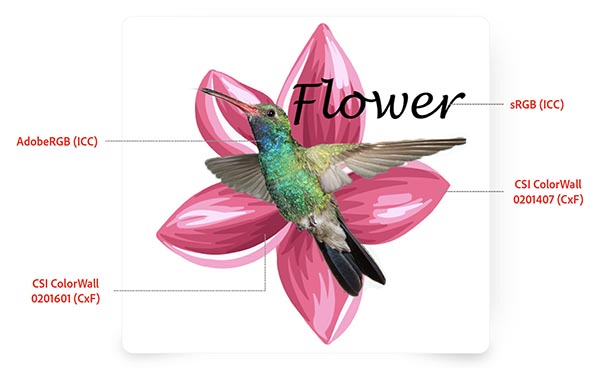
Designs can include images, vectors, and text, and with PDF each of them and their respective characteristics are individually supported, with their respective color spaces. Images are compressed separately, which results in an efficient file size. Designs can be reproduced at any grade or scale, which allows the same content file for different products. Cutting outlines can be included in the PDF as well, so you don’t need separate files, and can depending on the equipment could be processed automatically.
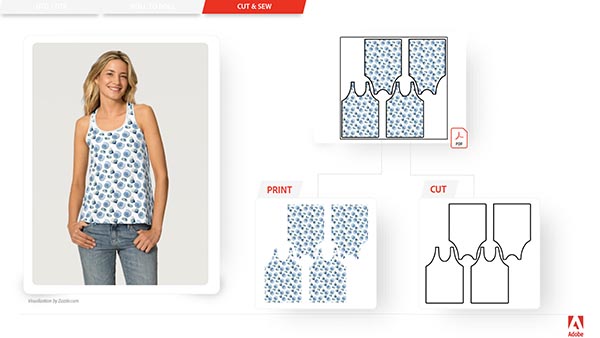
But there are also segment-specific challenges: the large variety of materials and their reproduction capabilities, repeating patterns, widely different color reproduction, and more. In many ways, textile print is like other printing segments for which the Ghent Workgroup (GWG) has previously developed quality standards. Here, too, are print production processes that influence the printed result and impose limitations on the designs that can be used. Currently, there is a new effort in the GWG to create the necessary standards to support the growing movement to more automated textile production.
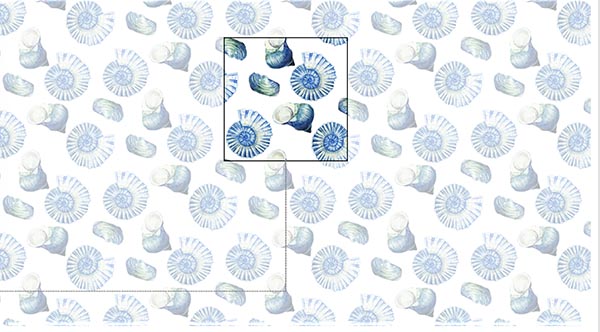
To learn more about PDF in textiles, you can attend a presentation by Adobe in Touchpoint Textile Hall 4 today, Friday May 31, at 2:10 pm.
Textildruck ist besser mit PDF
Der Textildruck ist ein analoges Verfahren, das bis ins späte 18. Jahrhundert zurückreicht. Wie viele andere Industriezweige hat sich jedoch auch dieser Prozess weiterentwickelt. Heute, mit der Verfügbarkeit digitaler Design- und Produktionstechnologien und -techniken, geht der Prozess schnell in Richtung digital. Wenn man an digitales Design und digitale Produktion in der Druckproduktion denkt, ist das offensichtliche Format PDF. Ob Direct-to-Garment, Direct-to-Film, Roll-to-Roll oder Cut-and-Sew, PDF ist das ideale Format. Es wird von der Erstellung über die Verwaltung bis hin zum Druck und sogar zur Herstellung unterstützt, da es die größte Flexibilität bietet.
Das Design beginnt in der Regel mit einer einzigen Grafik, die einmal in ihrer Gesamtheit verwendet werden kann, aber auch im Endprodukt wiederholt werden kann, wie z. B. bei einem Kleid, das dasselbe Muster verwendet und dann geschnitten und genäht wird. Oder es könnte für Dekorationsartikel wie Möbel, Vorhänge usw. verwendet werden. Da das PDF-Format objektbasiert ist, kann das Design leicht kopiert werden, um die verschiedenen Anforderungen zu erfüllen.
Entwürfe können Bilder, Vektoren und Text enthalten, und mit PDF werden alle diese Elemente und ihre jeweiligen Eigenschaften mit ihren jeweiligen Farbräumen individuell unterstützt. Bilder werden separat komprimiert, was zu einer effizienten Dateigröße führt. Entwürfe können in jeder beliebigen Qualität und in jedem beliebigen Maßstab reproduziert werden, so dass die gleiche Inhaltsdatei für verschiedene Produkte verwendet werden kann. Schnittkonturen können ebenfalls in die PDF-Datei aufgenommen werden, so dass keine separaten Dateien erforderlich sind und je nach Ausstattung automatisch verarbeitet werden können.
Aber es gibt auch segmentspezifische Herausforderungen: die große Vielfalt an Materialien und deren Reproduktionsmöglichkeiten, sich wiederholende Muster, sehr unterschiedliche Farbwiedergaben und vieles mehr. In vielerlei Hinsicht gleicht der Textildruck anderen Drucksegmenten, für die die Ghent Workgroup (GWG) bereits Qualitätsstandards entwickelt hat. Auch hier gibt es Druckproduktionsprozesse, die das Druckergebnis beeinflussen und den verwendbaren Designs Grenzen setzen. Derzeit gibt es neue Bemühungen in der GWG, die notwendigen Standards zu schaffen, um die wachsende Bewegung hin zu einer stärker automatisierten Textilproduktion zu unterstützen.
Wenn Sie mehr über PDF im Textildruck erfahren möchten, können Sie heute, Freitag, den 31. Mai, um 14:10 Uhr an einer Präsentation von Adobe in der Touchpoint Textile Hall 4 teilnehmen.




